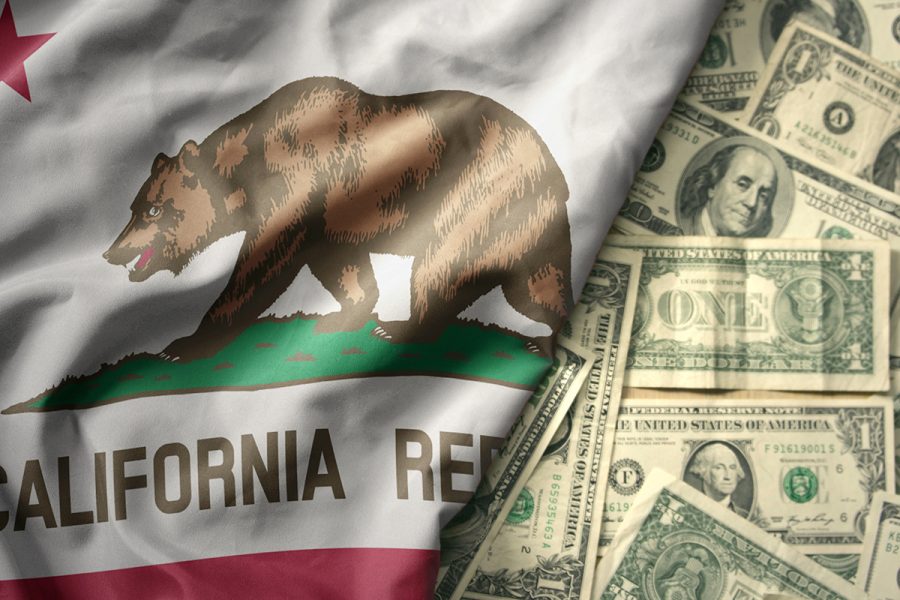When we last updated you on efforts by Gov. Newsom and legislative Democrats to close the state’s $73 billion budget deficit, Senate Democrats had proposed a $17.1 billion plan to “shrink the shortfall” – of which, just 19.3 percent were actual cuts.
Just before the Legislature’s summer recess on March 20, Newsom and Democrats announced they had reached agreement amongst themselves on “budget solutions worth $12 to $18 billion to address the shortfall”.
At the time, we wrote that pushback on the Senate Democrat plan by Assembly Democrat leaders “gave us hope that fiscal realism will ultimately carry the day.” We were overly optimistic.
On April 4th, the Governor and Legislature released the long-awaited details of their “Early Action budget package,” crowing that they reached “an agreement on $17 billion in early actions to significantly reduce the existing shortfall and best position California to responsibly address the budget in June.”
Don’t be fooled. These actions are simply whistling past the graveyard.
Under their approach, just 21 percent of the $17.4 billion in solutions in the plan that is expected to be voted on this week are actual cuts – $3.6 billion. The rest of the plan simply kicks the can down the road through fund shifts, borrowing, delays and deferrals.
Deferrals and other budget gimmicks won’t address the budget crisis, however, because the same problems await policymakers later this year. As the Legislative Analyst’s Office (LAO) noted in their updated revenue outlook, “our forecast continues to suggest there is significant downside risk to state revenues relative to the Governor’s Budget.”
Keep in mind that Newsom’s January budget was notable for his administration’s argument with the LAO over the size of the projected deficit, which the nonpartisan analyst’s team now pegs at roughly $73 billion. This means that Newsom’s budget projection is potentially off by tens of billions. A midyear plan that may be addressing only about a quarter of the actual project is clearly inadequate.
The state fiscal data maintained by the U.S. Census – the latest data is as of FY2021 – clearly demonstrates that the root cause of California’s budget crisis is excessive spending. Excluding California, the total per capita expenditures for all other states were $6,325. California, on the other hand, spent $8,983 per capita, which was 42.0 percent more than the average of all other states.
Perhaps this excessive amount of spending could be justified if Californians were receiving significantly better public services than residents of other states. But the state consistently ranks poorly in national rankings for the quality of its education system, infrastructure, and public safety.
The lack of connection between how much California spends and the public services it provides demonstrates that there are ample opportunities for the state to control spending while still improving the public services residents receive. It also highlights how inadequate the Early Action budget truly is.
The Early Action budget implicitly assumes that the budget crisis is temporary and good times and strong revenue growth are just around the corner. It is also based on the premise that total government spending is both affordable and effective. None of these assumptions are appropriate.
California’s employment market is much weaker than the national average, Silicon Valley layoffs, while slowing, are still a problem, and tax revenues continue to disappoint. When combined with the state’s excessive spending levels, these are all signs of a deeper long-term structural problem that budget gimmicks are incapable of sustainably resolving.
Governor Newsom, Senate President McGuire, and Speaker Rivas have resorted to the politically expedient rather than engage in the hard work of governing. As a result, the budget crisis conversation is not ending anytime soon. More painful cuts are coming, and will certainly be on the table in the Governor’s May Revise, thanks to the woefully insufficient actions these leaders are taking today.
Tim Anaya is the Pacific Research Institute’s vice president of marketing and communications. Dr. Wayne Winegarden is a PRI senior fellow in business and economics and director of PRI’s Center for Medical Economics and Innovation.


